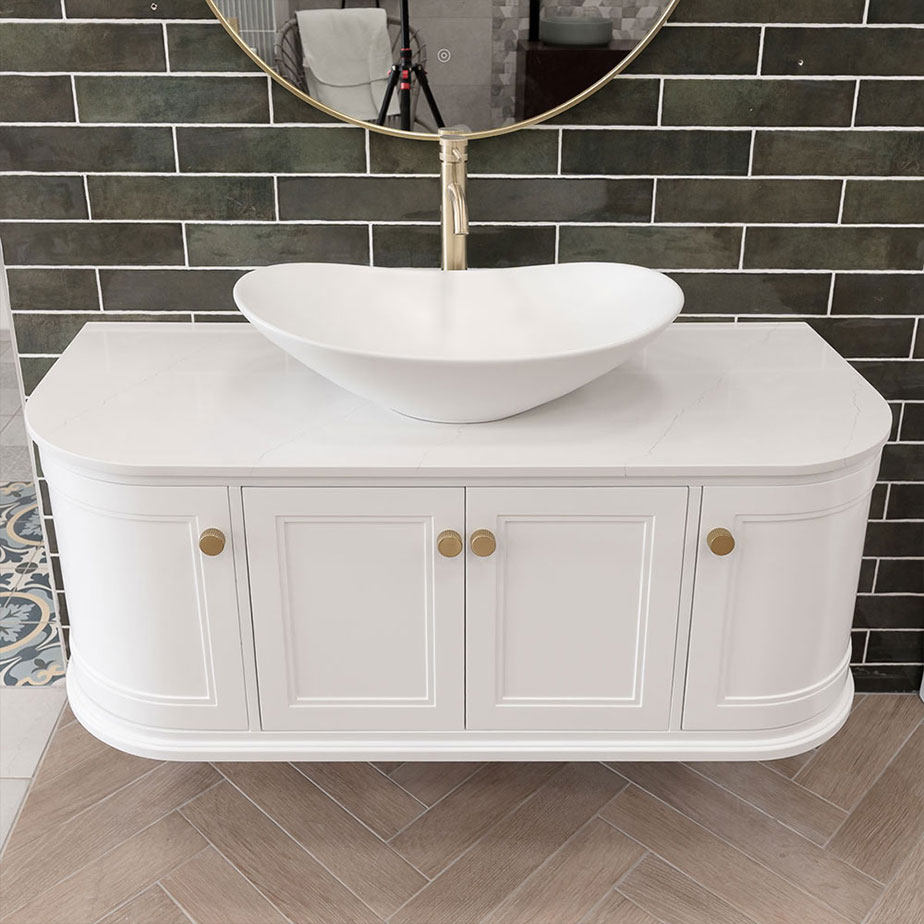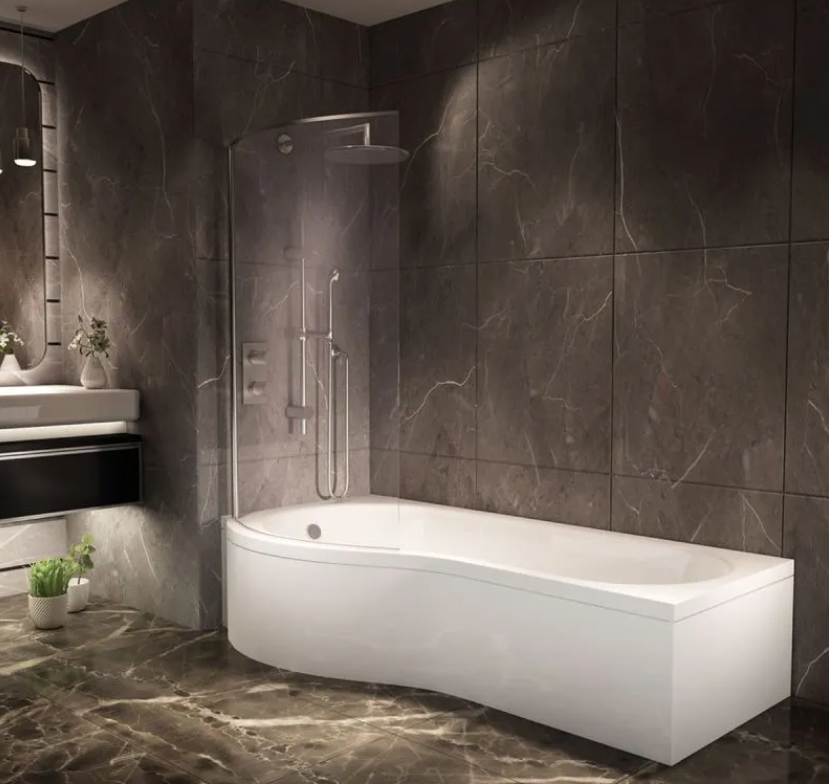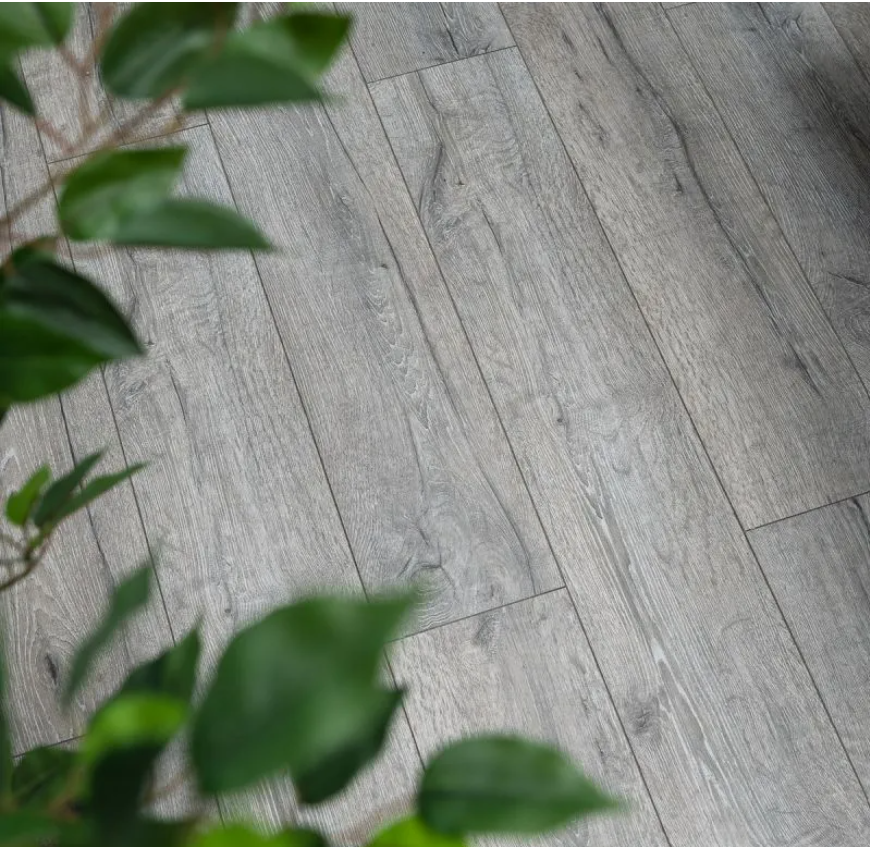How to remove limescale from taps
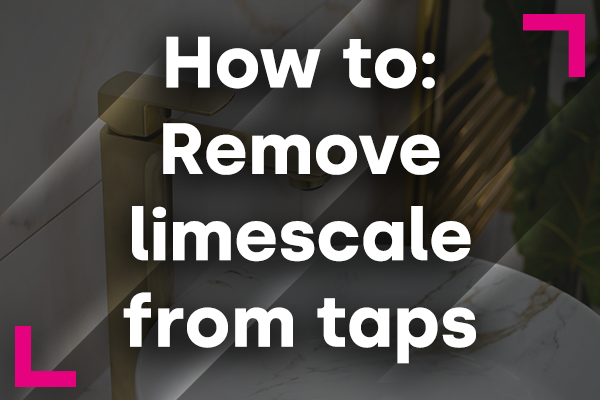
Whether it’s in the bathroom, kitchen or anywhere else, if you have taps then at some point, you’ll also have limescale. With this in mind, you’ll need to know the best way to remove limescale to keep your taps in tip-top condition.
Read on to find out the best natural ways to remove limescale without having to resort to abrasive chemicals.
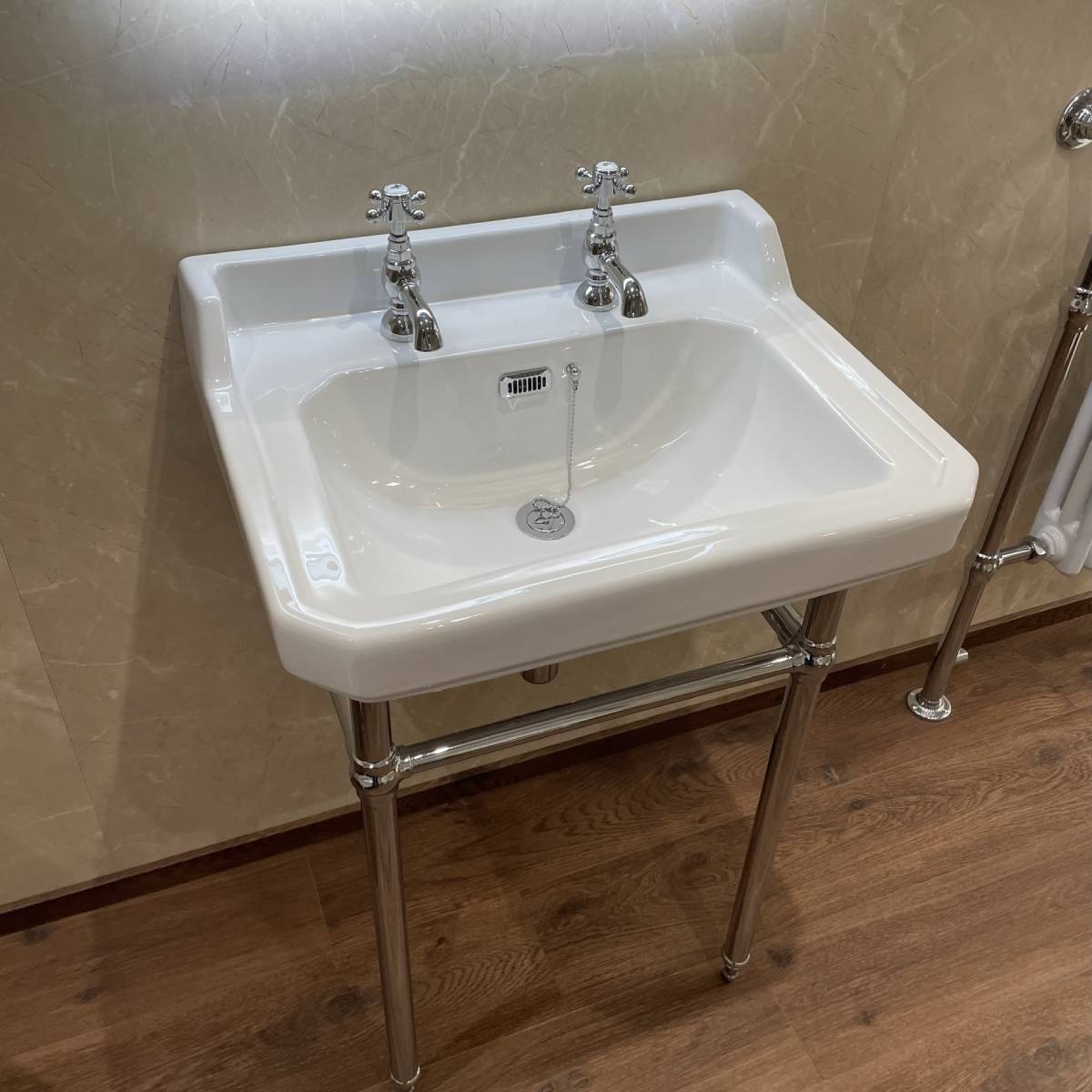
At some point all taps will accumulate limescale so it’s best to keep on top of the cleaning.
What is limescale?
Limescale (calcium carbonate) is a chalky-white substance which gathers around taps, showers and baths and is caused by the evaporation of water. Herego, if you have water and hardware, then you’ll always get limescale.
Cleaning your taps, plugholes and showerheads regularly will help to keep limescale at bay and prevent it from building up too much. It’s therefore always best to remove it as soon as possible or it will become more difficult to clean.
Although limescale isn’t harmful to your health, it does look unsightly, so if you want to keep those taps looking shiny and pristine, then knowing how to get rid of it is key.
Natural limescale-removal methods for chrome taps
Please note: With black matt taps, gold and brushed brass, it’s better to use warm soapy water to clean these, because of their finishes. You could try using diluted vinegar on more stubborn limescale but always test on a small area first, as this is more abrasive and may cause damage to your taps.
Taps can be one of the trickier items in your bathroom or kitchen to clean, depending on their design – for example, crosshead taps have more surface area than lever taps – and they all have spouts … With anything sprayed onto them easily dripping off, this makes it more difficult for sprays to work, as the spray doesn’t have sufficient contact time with the surface to take action. That’s why you need to get creative with how you approach your cleaning.
Using lemon juice or white vinegar to remove limescale
What you’ll need:
- Lemon juice/white vinegar and water
- Microfibre (soft) cleaning cloths
- Elastic bands
- Optional spray bottle
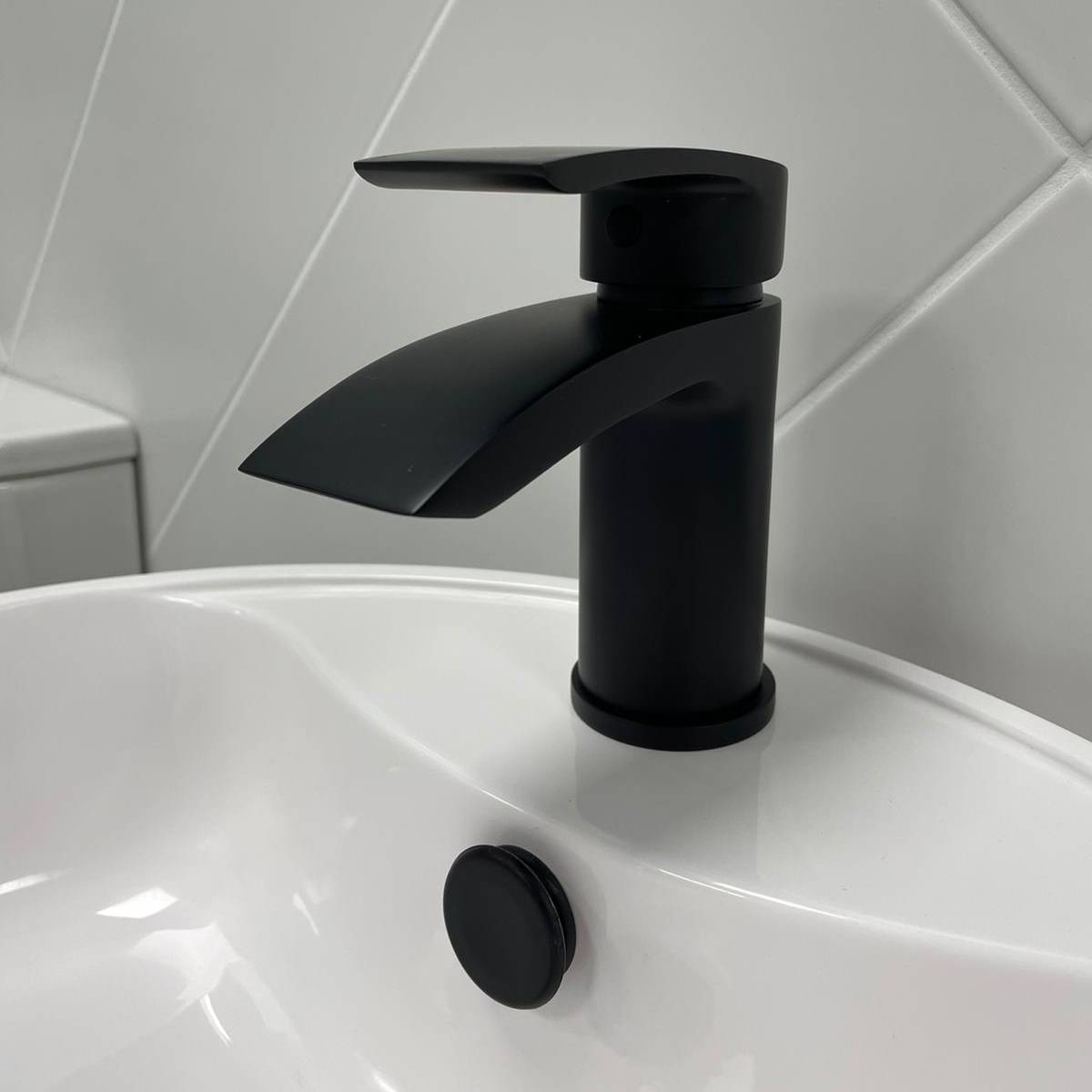
Black matt taps and those with special finishes are best cleaned with warm soapy water.
A tried and tested way of removing limescale is using lemon juice or white vinegar.
Just follow the steps below to get your taps back to their best:
- Soak a cloth or rag in white vinegar or lemon juice and wrap it around your taps, securing it with an elastic band. NB If using white vinegar, mix it with water in equal parts.
- Leave the cloth in place for about an hour, giving the lemon juice/vinegar time to work. This is important, as the thicker the limescale, the more time will be needed for these layers to be broken down. If the limescale is minimal, you can reduce this time or may even be able to spray and wipe the taps to remove it without waiting for an hour.
- Squeeze the cloth now and again throughout the hour to release more lemon juice/vinegar to ensure optimal coverage of the taps.
- After an hour has passed, remove the cloth and wipe down the taps, removing the limescale.
NB For stubborn limescale on spouts, you can cut a lemon in half and place this over the end of the spout, leaving it to work for another hour before removing and wiping the spout again. Scouring pads can be used to do this but please note that these may damage the surface of your tap/spout so it’s best to stick to cleaning cloths or to use a scouring pad on the underside only, to prevent damage to those areas in view.
Another thing to remember is to rinse off your taps thoroughly once you’re satisfied with the limescale removal, to make sure that all traces of the lemon juice or vinegar are gone. If you don’t do this, then there’s a risk that any remaining acid will continue to act on the surface of the taps and may cause damage.
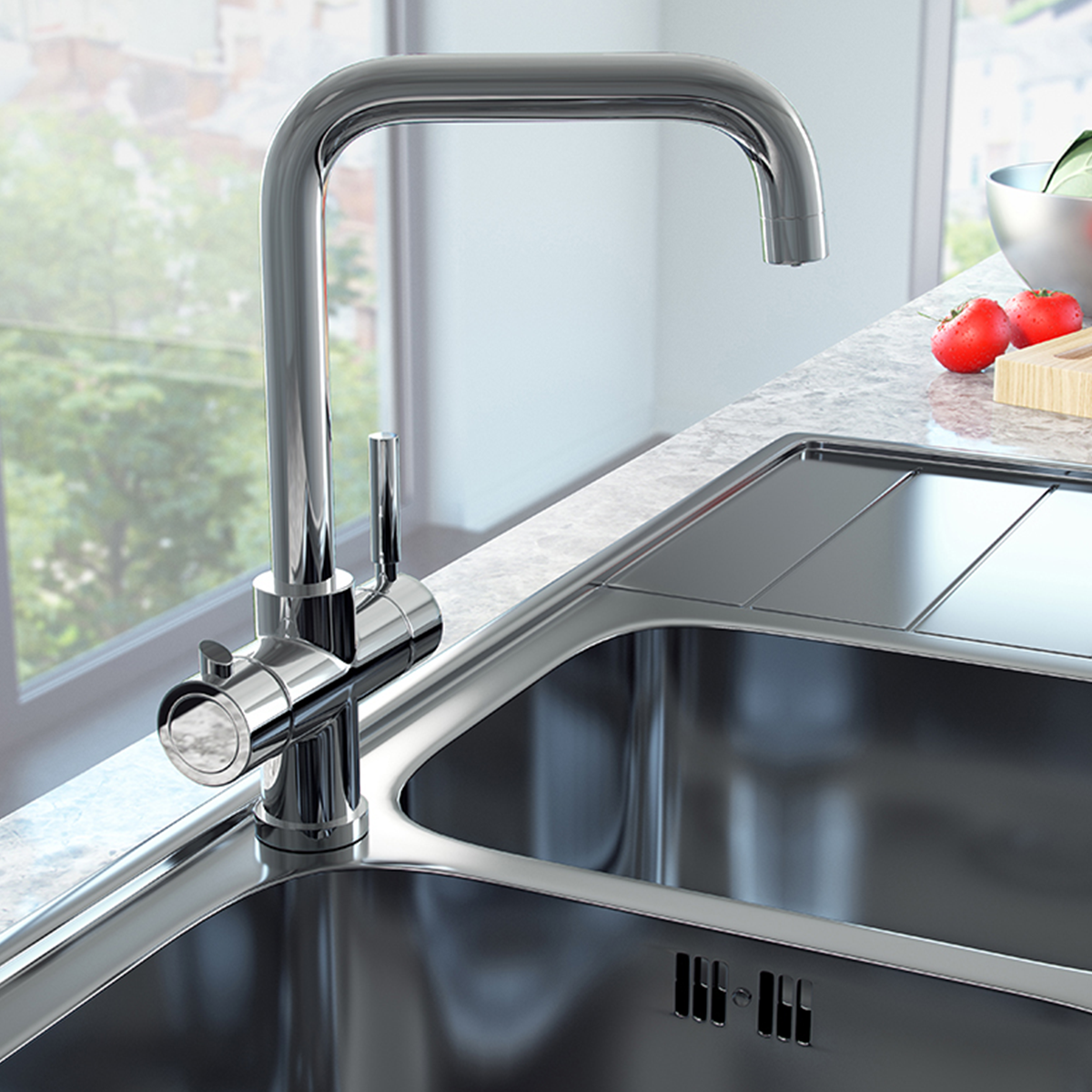
Remember to clean all lemon juice, vinegar or bicarbonate of soda from your taps afterwards to protect the surface.
Using bicarbonate of soda to remove limescale
What you’ll need:
- Bicarbonate of soda
- Water
- Microfibre (soft) cleaning cloth
Steps:
- Mix half a cup of bicarbonate of soda with warm water to create a paste.
- Rub the paste over the surface of your taps, paying particular attention to those aeras where limescale is evident.
- After rubbing the taps, rinse off the mixture with warm water and then wipe the taps dry.
NB You can combine white vinegar and bicarbonate of soda if you need to remove particularly tough limescale, mixing two parts of bicarbonate with one part vinegar.
Toothpaste can also be used to remove light limescale from taps. Just place a pea-sized amount onto a cloth and rub it over the taps before rinsing it off and buffing the taps dry.
Shop taps at Bathshack
If you want to refresh your taps completely by investing in some new styles for your bathroom or kitchen, then we have a great selection available at Bathshack. From basin and bath taps to freestanding, wall-mounted and kitchen boiler taps, we have something to suit every preference and purpose. Just visit our website or chat to our team for more information.
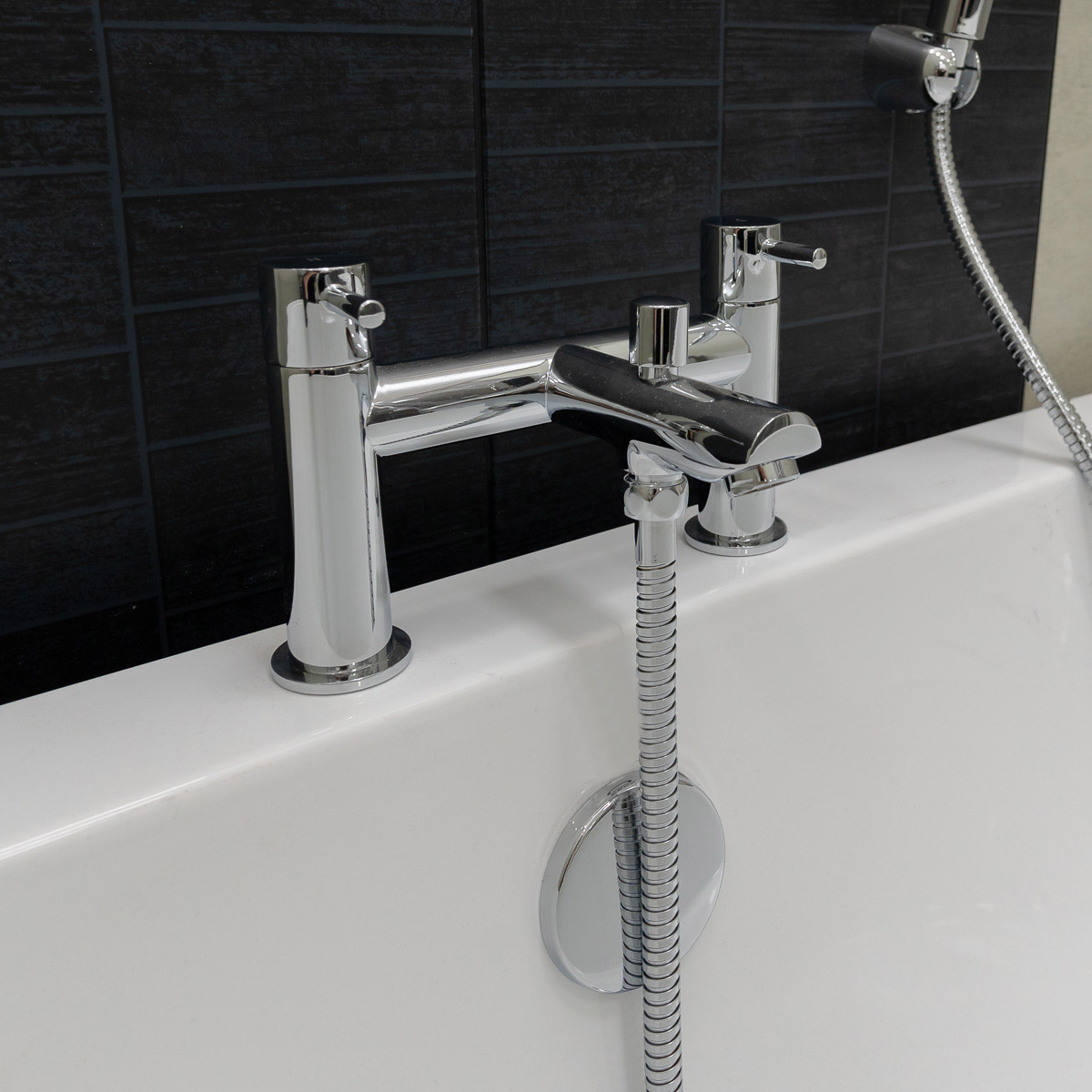
Find all the taps for your home at bathshack.com
Visit our website at bathshack.com for more tips and advice and to shop our range of taps. Alternatively, if you have any questions, just email our team at info@bathshack.com, call us on (028) 9077 0188 or use our online chat.
